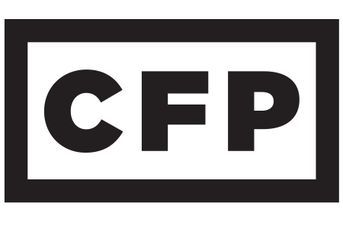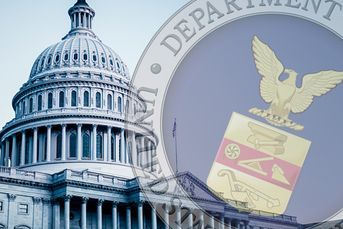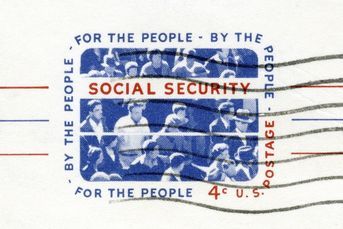Congress’ work on tax reform barely gets a passing grade
Reform proposals should not be drafted behind closed doors
The Republican bill to cut and reform taxes deserves a poor grade, not only because of the apparent result (the details are still being negotiated), but even more for the process that has produced it.
Let’s look at the process first: Grade F.
This is no way to reform such a vital part of the economy. First, tax reform should not be rushed through within a few months after the congressional committees began work. Second, reform proposals should not be drafted behind closed doors and presented to the House and Senate with minimal debate and no buy-in from the minority party.
Reform proposals of such import should be debated openly over weeks and even months. For tax reform under President Ronald W. Reagan in 1986, the House Ways and Means Committee held 30 days of hearings and then spent more than 20 days drafting its bill. The Senate Finance Committee held 36 days of hearings over almost a year and spent 17 days drafting its bill. Democrats were fully involved at every stage.
(More: What advisers need to know about the differences in the Senate and House tax bills)
Even assuming some Republicans spent time thinking about reform before serious work got under way, this bill’s gestation appears rushed. In addition, both chambers of Congress have worked out most of the details of this bill in secrecy, with any debate over its features taking place privately among small groups. Wider input from both sides of the aisle would have likely produced a healthier, and fairer, reform package. In addition, there is no information about input from a range of economists who might have pointed out flaws and places where the current bills might produce unintended consequences.
Now let’s grade the output, likely to be a mishmash of the two bills that differs in some details: Grade C- at best.
The original objectives of the exercise were to simplify the tax code and reduce corporate taxes to make U.S. companies more competitive in the world economy. These could have been achieved simply by cutting the corporate tax rate to 20% and eliminating special interest corporate tax breaks to pay for it. That would have been true simplification.
There was hope that simplification and cutting the corporate rate would stimulate the economy to grow faster. Unfortunately, the two bills to be reconciled have various items added to satisfy some representatives’ or senators’ political needs, eliminating some of the simplification; and most economists remain skeptical that the tax cuts will stimulate the economy significantly.
Both houses of Congress felt the need to offer an individual tax cut, because if business gets one then individuals had better have one, too. Unfortunately, the individual tax cuts seem minimal to the average taxpayer and phase out after a number of years for much of the middle class, while favoring the top 10% of taxpayers — and they add to the federal deficit over 10 years.
(More: Senate tax bill changes for pass-throughs more generous than House version, experts say)
The phaseouts, included to keep the cost of the tax cuts down, add complications, as do the rules dealing with pass-through entities, to name just two. The final version arrived at by the conference committee likely won’t be all that much simpler than the current tax law.
That actually might benefit financial advisers and accountants, at least for the next year or two, as individuals try to determine their best strategies under the new rules. But it’s not good for the economy.
Speaking of the economy, Jeffrey Gundlach, DoubleLine Capital chief executive, expressed confusion over why the U.S. would be passing such a tax cut in the current environment.
“Growth has accelerated already, and the deficit is already going up, so why cut taxes?” Mr. Gundlach, who voted for Donald J. Trump, told Reuters last week.
So, overall, the best grade this shoddy effort could earn would be a D.
Learn more about reprints and licensing for this article.








